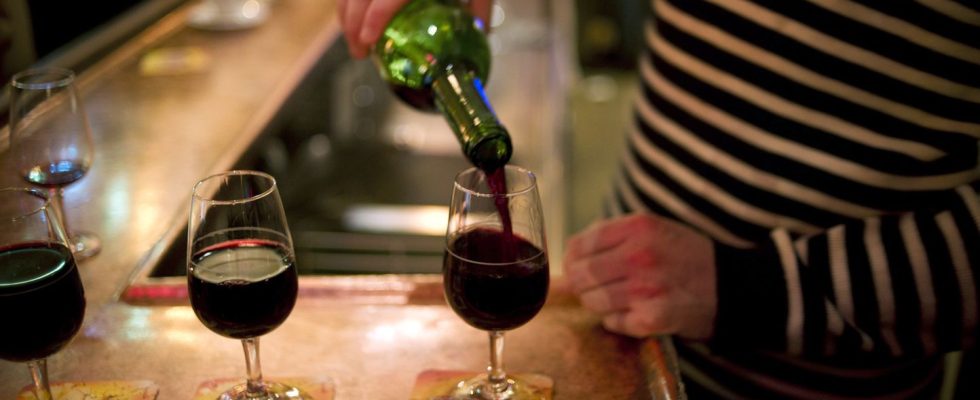The Northerners or the Bretons? The people of Toulouse or the people of Strasbourg? In France, where aperitif is almost a national sport, we like to tease each other between regions to find out who drinks the most. We will nevertheless remember that alcohol is dangerous for health and causes 41,000 deaths each year, the second cause of preventable mortality after tobacco. But since we like rankings and there will always be a first and a last in any area, Public Health France published this Tuesday a regional summary on alcohol consumption in the different French regions.
By leafing through the thirteen regional bulletins, which include figures dating from 2021, we learn that it is in Occitania that daily consumption is the highest with 11% of people aged 18 to 75 reporting drinking every day. Then come New Aquitaine (10.2%) and Pays-de-la-Loire (9.7%). Nationally, the share of daily drinkers in the population is 8% compared to 24% in 1992, which reflects a sharp decline in alcohol consumption in the country in recent years.
More drunks in Pays-de-la-Loire
If daily alcohol consumption is higher in the South-West, it is on the other hand lower in Île-de-France (5.4%) as well as in the overseas departments and regions with 5.1 % of daily alcohol consumers among 18-75 year olds in Reunion and 5% in Guadeloupe, Martinique and Guyana.
In its study, Public Health France is also interested in significant occasional alcohol consumption (API), in other words drunkenness. And in this little game, which is not really one and presents serious risks, it is the Pays-de-la-Loire which stands out with 22.6% of adults who declare that they drink heavily each month. . A percentage which is also increasing compared to 2017 in the region, as in Guadeloupe, while the trend is rather towards stability at the national level.
In the regional API ranking, Brittany comes in second position (21.6%), ahead of Guyana (19.2%), Auvergne-Rhône-Alpes (17.3%) and Bourgogne-Franche-Comté (16. 9%).

